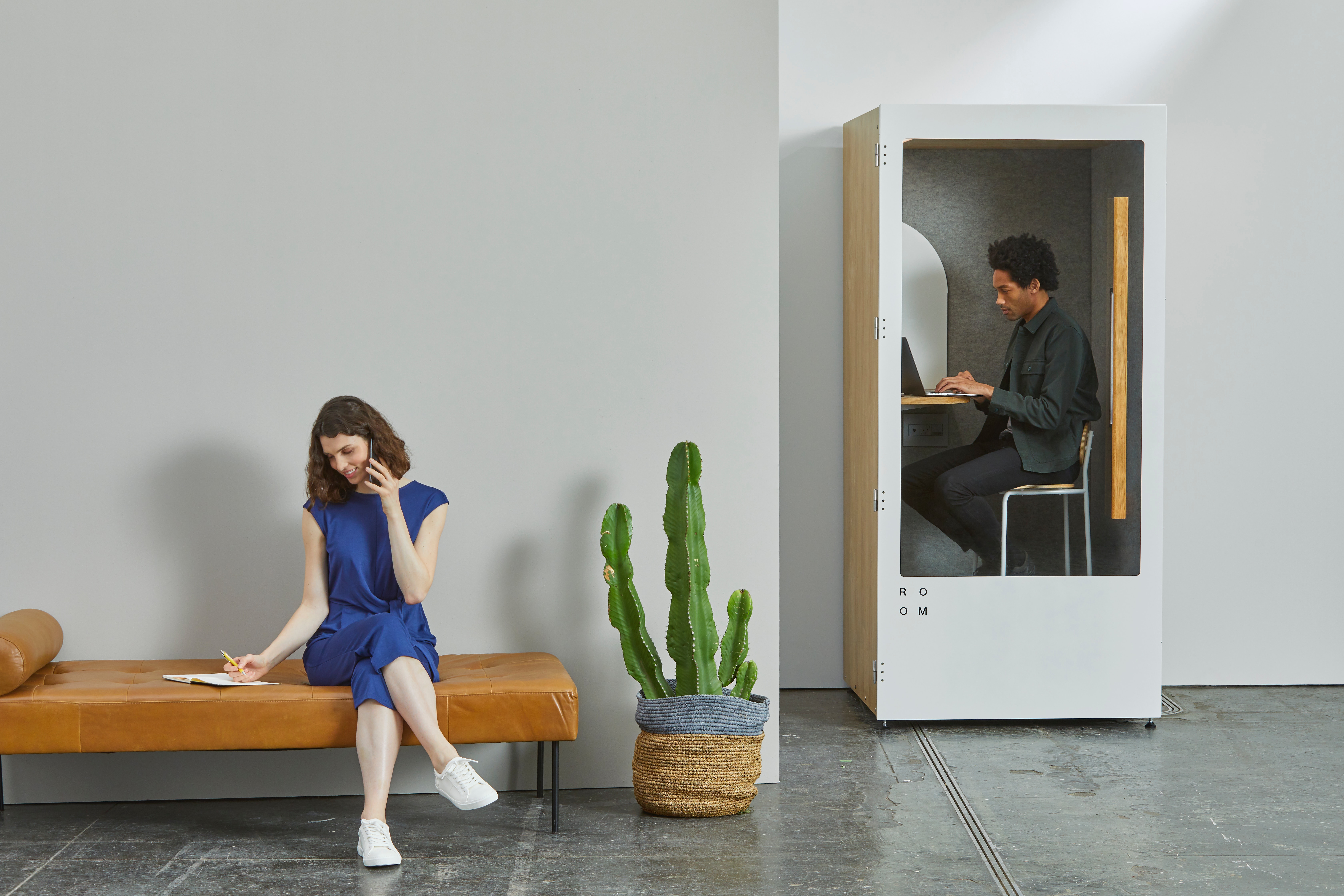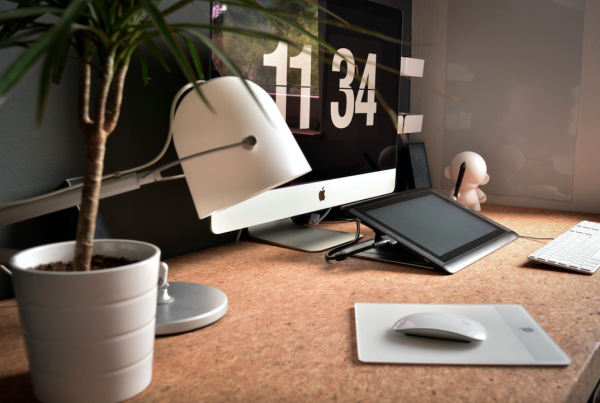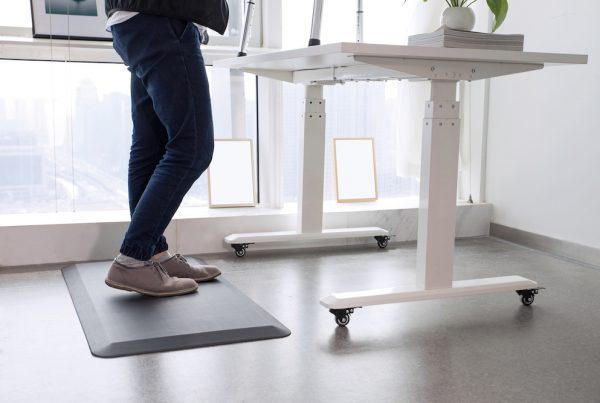You know the story – most of us spend far too much time sedentary and don’t get enough movement into our days. We’re told to spend less time sitting but also advised not to be on our feet all day. When you work an office job, it’s hard to know what’s best: sitting or standing at your desk.
Sitting at Work
Standing up at work (and therefore, not sitting for extended periods of time) has been found to reduce the risk of obesity, heart disease, type 2 diabetes, cancer, long-term mortality, and chronic back pain, as well as boosting energy levels, mood, muscle tone, and productivity.
Standing at Work
However, a study published in the journal Ergonomics found that standing all day may not be good for us either:
Finding Balance
Recent research points to incorporating a mix of both standing and sitting into our work days, in order to reap the biggest benefits. It seems that a balance which takes an individual’s weight and fitness (amongst other health factors) into consideration makes the most sense. Consulting your doctor, if in doubt, can also be a good start.
Here at Direct Ergonomics, we believe the most important thing is providing employees with the flexibility to sit or stand, and ultimately, find a combination that works for them. That’s why we advocate for sit-to-stand desks.
Check out our collection of products that allow the user to adjust the height of their worktop (from sitting to standing) here.





One Comment